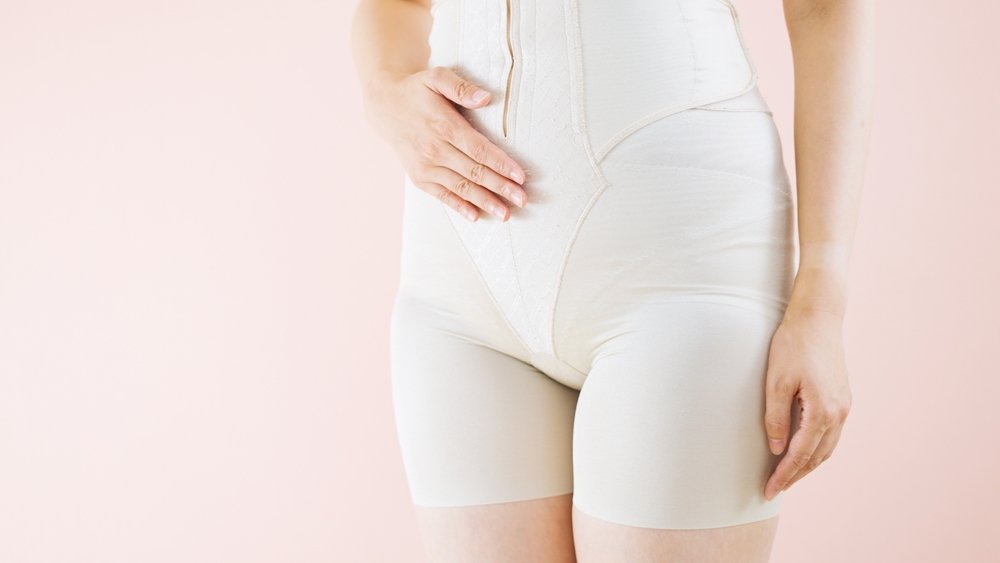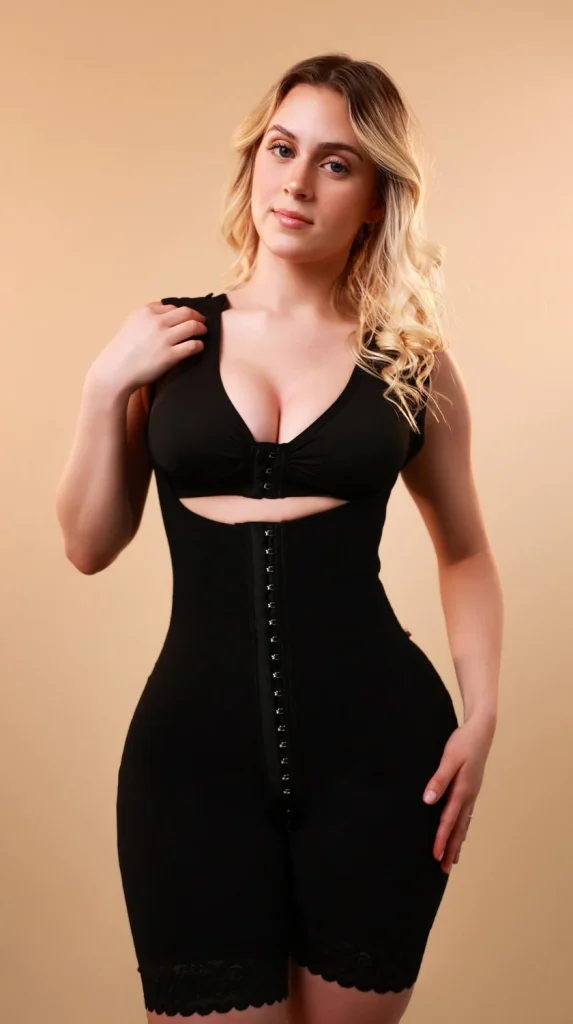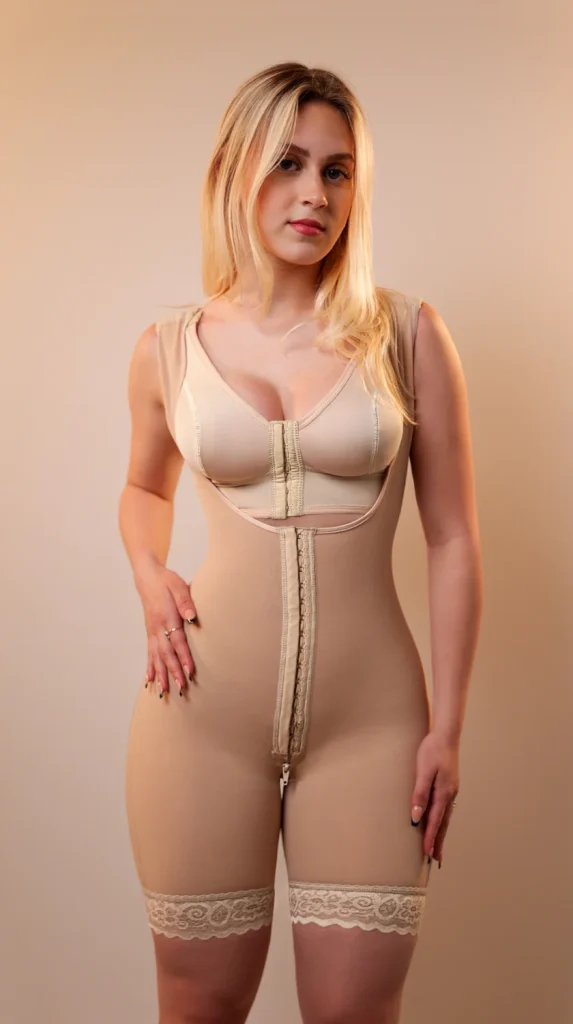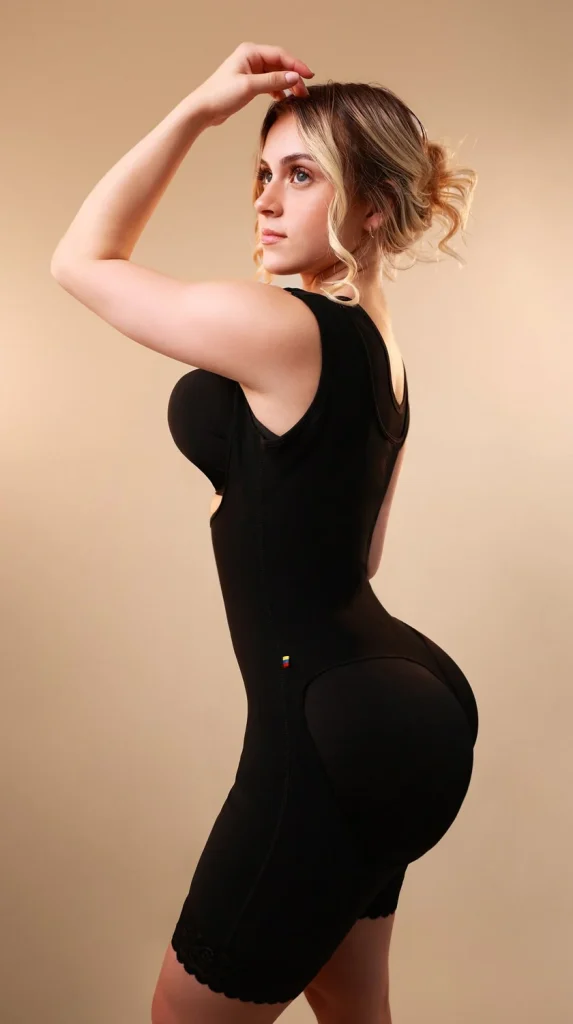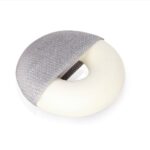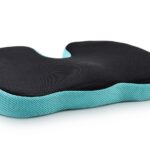If you choose not to wear a faja (compression garment) after a Brazilian Butt Lift (BBL), you may wonder, “What happens if you don’t wear faja after BBL?” It’s important to consider the potential effects on your recovery and results. Here are a few things to consider:
| Aspect | Description |
|---|---|
| Increased Swelling | Not wearing a faja can result in increased swelling, prolonging the healing process and potentially affecting the final results. |
| Suboptimal Contouring | Without consistent compression from a faja, contouring may not be as pronounced, and the final results may not be as defined. |
| Displacement of Fat Grafts | The absence of a faja increases the risk of fat grafts shifting, leading to uneven results or potential loss of transferred fat. |
| Longer Recovery Time | Optimal healing can be delayed without the support and compression provided by a faja, leading to a longer recovery period. |
| Increased Discomfort | Not wearing a faja may result in increased discomfort during activities and daily movements as the body heals. |
It’s important to note that the specific recommendations regarding faja usage after a BBL can vary among surgeons. It’s crucial to follow your surgeon’s instructions and discuss any concerns or questions you may have about wearing a faja.
Understanding the Role of the Faja in BBL Recovery
The faja (compression garment) plays a crucial role in the recovery process after a Brazilian Butt Lift (BBL). Here’s an overview of its significance:
- Compression and Support: The primary purpose of the faja is to provide compression and support to the treated areas. It helps minimize swelling, stabilize the newly transferred fat, and promote healing. The compression also helps contour the body, enhancing the final results of the BBL.
- Reduced Swelling: Swelling is a natural response to surgery, and wearing a faja helps minimize its extent and duration. The compression from the garment aids in reducing fluid buildup and promotes proper lymphatic drainage, resulting in reduced swelling and a more refined contour.
- Contouring and Shaping: The faja aids in contouring the body by shaping and molding the newly augmented areas. It helps maintain the desired shape and promotes a smooth and proportionate appearance. Consistent use of the faja during the recovery period contributes to achieving optimal contouring and long-term results.
- Skin Tightening and Scar Healing: The compression provided by the faja supports the skin during the healing process. It assists in skin retraction, helps minimize the appearance of scars, and promotes a tighter and smoother skin texture. Wearing the faja consistently aids in achieving improved scar healing and overall skin quality.
- Support for Healing Muscles and Tissues: The faja provides support to the muscles and tissues that underwent surgery. It helps reduce strain on the treated areas, promotes proper alignment, and enhances the healing process. The support from the faja also contributes to improved comfort during the recovery period.
It’s essential to follow your surgeon’s recommendations regarding the duration and frequency of wearing the faja. Each surgeon may have specific guidelines tailored to your individual needs and desired outcomes.
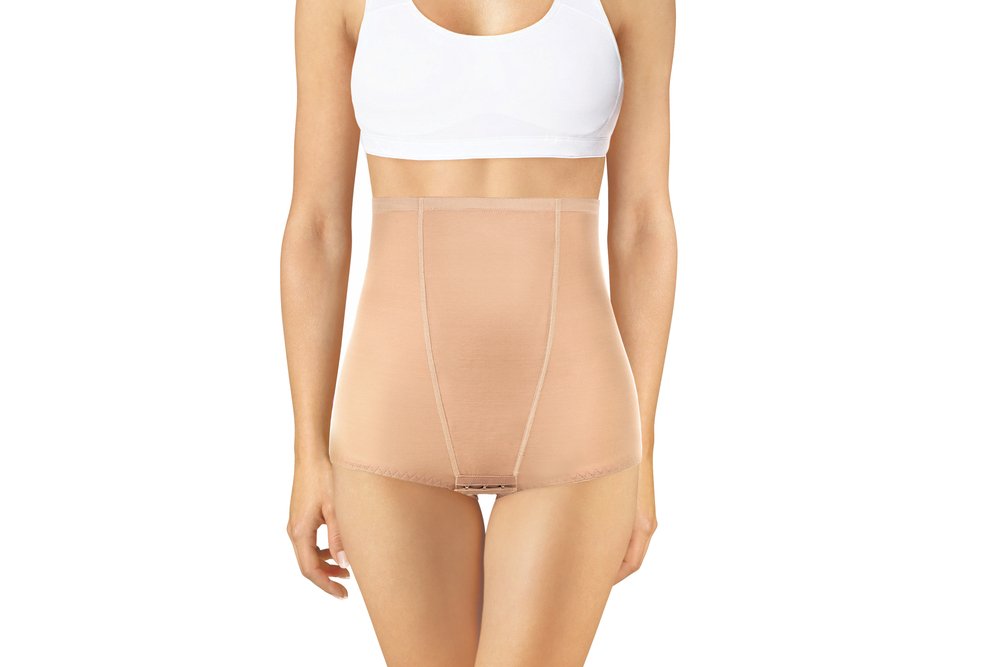
Minimizing Complications: Benefits of Proper Compression
Proper compression provided by the faja (compression garment) after a Brazilian Butt Lift (BBL) offers several benefits in minimizing complications during the recovery process. Here’s how proper compression helps:
- Reduced Swelling: Compression helps minimize swelling by promoting proper fluid drainage and preventing excessive fluid accumulation. This reduces the risk of complications associated with prolonged swelling, such as discomfort, delayed healing, and increased risk of infection.
- Enhanced Healing: The compression from the faja improves blood circulation to the treated areas, delivering oxygen and nutrients necessary for tissue healing. Improved circulation also facilitates the removal of waste products, promoting a more efficient healing process.
- Support and Stability: The faja provides support and stability to the treated areas, minimizing the risk of complications such as tissue movement, displacement of fat grafts, or irregularities in contour. The support offered by the faja aids in maintaining the desired shape and maximizing the effectiveness of the BBL procedure.
- Scar Management: Compression can contribute to improved scar healing and minimizing scar visibility. The faja holds the incision sites in place, reducing tension on the healing wounds and promoting a more favorable scar appearance.
- Psychological Comfort: Wearing a faja can provide psychological comfort and reassurance during the recovery period. The compression provides a feeling of support and security, allowing patients to feel more confident and at ease throughout the healing process.
It’s important to wear the faja as instructed by your surgeon to ensure proper compression and maximize these benefits. Your surgeon will provide specific guidelines tailored to your unique case.
Risk of Increased Swelling: Potential Consequences Without a Faja
Without wearing a faja (compression garment) after a Brazilian Butt Lift (BBL), there is a risk of increased swelling, which can have potential consequences for your recovery. Here are some of the potential issues:
- Uneven Results: Swelling can impact the final results of your BBL. Without the compression and support of a faja, there is an increased risk of uneven swelling, which can lead to asymmetrical or irregular contours. This can affect the overall aesthetic outcome of your procedure.
- Displacement of Fat Grafts: The purpose of a faja is to provide stability and support to the newly transferred fat grafts. Without a faja, there is an increased risk of fat graft displacement. This can result in a loss of volume or uneven distribution of fat, compromising the desired shape and contour achieved through the BBL.
- Prolonged Recovery Time: Increased swelling and potential complications may prolong the recovery time without the use of a faja. Swelling can impede the healing process, and extended recovery can disrupt your daily activities and delay the achievement of optimal results.
- Psychological Impact: Swelling and dissatisfaction with the results due to the absence of a faja can have a psychological impact. It may affect your confidence and overall satisfaction with the outcome of your BBL procedure.
It’s crucial to follow your surgeon’s instructions regarding the use of a faja after a BBL. They will provide personalized recommendations based on your unique situation. Wearing a faja consistently and as instructed can help minimize the risk of increased swelling, promote proper healing, and enhance the overall outcome of your BBL.
Negative Impact on Results: Effects on Fat Graft Survival
Not wearing a faja (compression garment) after a Brazilian Butt Lift (BBL) can have a negative impact on the survival of fat grafts, which may affect your final results. Here are some potential effects:
- Increased Risk of Fat Graft Displacement: A faja helps stabilize the newly transferred fat grafts in their desired location. Without the compression and support provided by a faja, there is an increased risk of fat graft displacement. This can lead to uneven distribution or loss of transferred fat, compromising the desired shape and contour achieved through the BBL.
- Reduced Fat Graft Survival: Proper compression from a faja helps improve blood circulation to the treated areas, enhancing the survival of fat grafts. Compression promotes oxygen and nutrient delivery to the grafted fat cells, increasing their chances of survival. Without the support of a faja, the blood supply to the fat grafts may be compromised, reducing their viability and long-term survival.
- Uneven Results: Fat graft survival is crucial for achieving symmetrical and proportionate results. Without a faja, the inconsistent pressure and lack of stabilization may lead to uneven fat absorption or reabsorption. This can result in asymmetrical contours or irregularities in the buttock shape.
- Diminished Long-Term Volume: The purpose of a BBL is to enhance the volume and shape of the buttocks using transferred fat. The absence of a faja may compromise the long-term volume retention of the fat grafts. Proper compression helps maintain the structural integrity of the transferred fat, supporting its long-term survival and contributing to sustainable results.
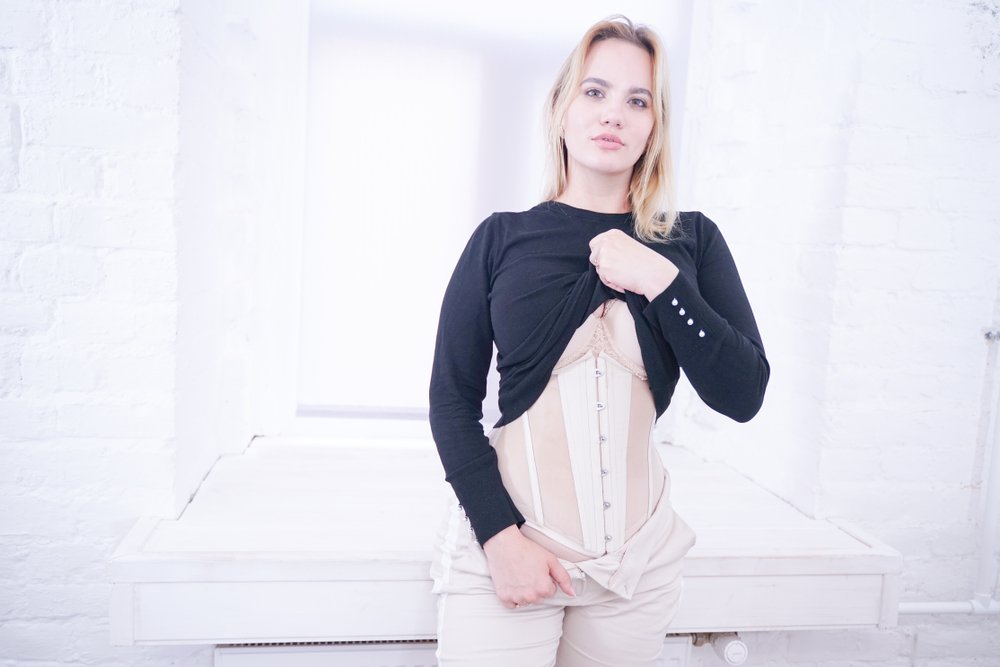
It’s important to follow your surgeon’s recommendations regarding the use of a faja after your BBL. They will provide personalized instructions based on your unique procedure and individual needs. Wearing a faja consistently and as instructed can help optimize fat graft survival, promote symmetrical results, and enhance the overall longevity of your BBL outcome.
Consult Your Surgeon: The Importance of Following Post-Op Instructions
Consulting with your plastic surgeon and following their post-operative instructions is of utmost importance after a Brazilian Butt Lift (BBL) procedure. Here’s why:
- Individualized Care: Your surgeon understands your specific case and surgical outcome. They will provide personalized instructions based on factors such as your body type, the extent of the procedure, and your overall health. Following their instructions ensures that you receive the appropriate care tailored to your unique needs.
- Optimal Healing and Results: Your surgeon’s instructions are designed to promote optimal healing and help you achieve the best possible results. They may include guidance on wearing a faja, managing pain, caring for incisions, and gradually resuming physical activities. Adhering to these instructions can minimize complications and enhance your recovery process.
- Safety Considerations: Your surgeon’s instructions prioritize your safety. They are well-versed in the potential risks and complications associated with BBL surgery. By following their guidance, you can minimize the risk of complications and ensure a safe and successful recovery.
- Monitoring Progress: Your surgeon will schedule follow-up appointments to monitor your progress and assess the healing of the treated areas. These appointments allow them to evaluate your recovery, address any concerns or complications, and make any necessary adjustments to your post-operative care plan.
- Experienced Guidance: Your plastic surgeon has extensive experience and expertise in performing BBL procedures. They are the best resource for answering your questions and providing advice based on their years of specialized training and experience. Consulting with them ensures that you receive accurate information and guidance throughout your recovery journey.
Remember, your surgeon’s instructions may include specific guidelines on wearing a faja, duration of use, activity limitations, and other essential aspects of your recovery.
References:
- Plastic Surgery Portal. What Happens If You Don’t Wear a Faja After a BBL?. Accessed on Jane 05, 2022.
- WebMD. Risks of Not Wearing a Faja After a BBL. Accessed on June 10, 2022.
